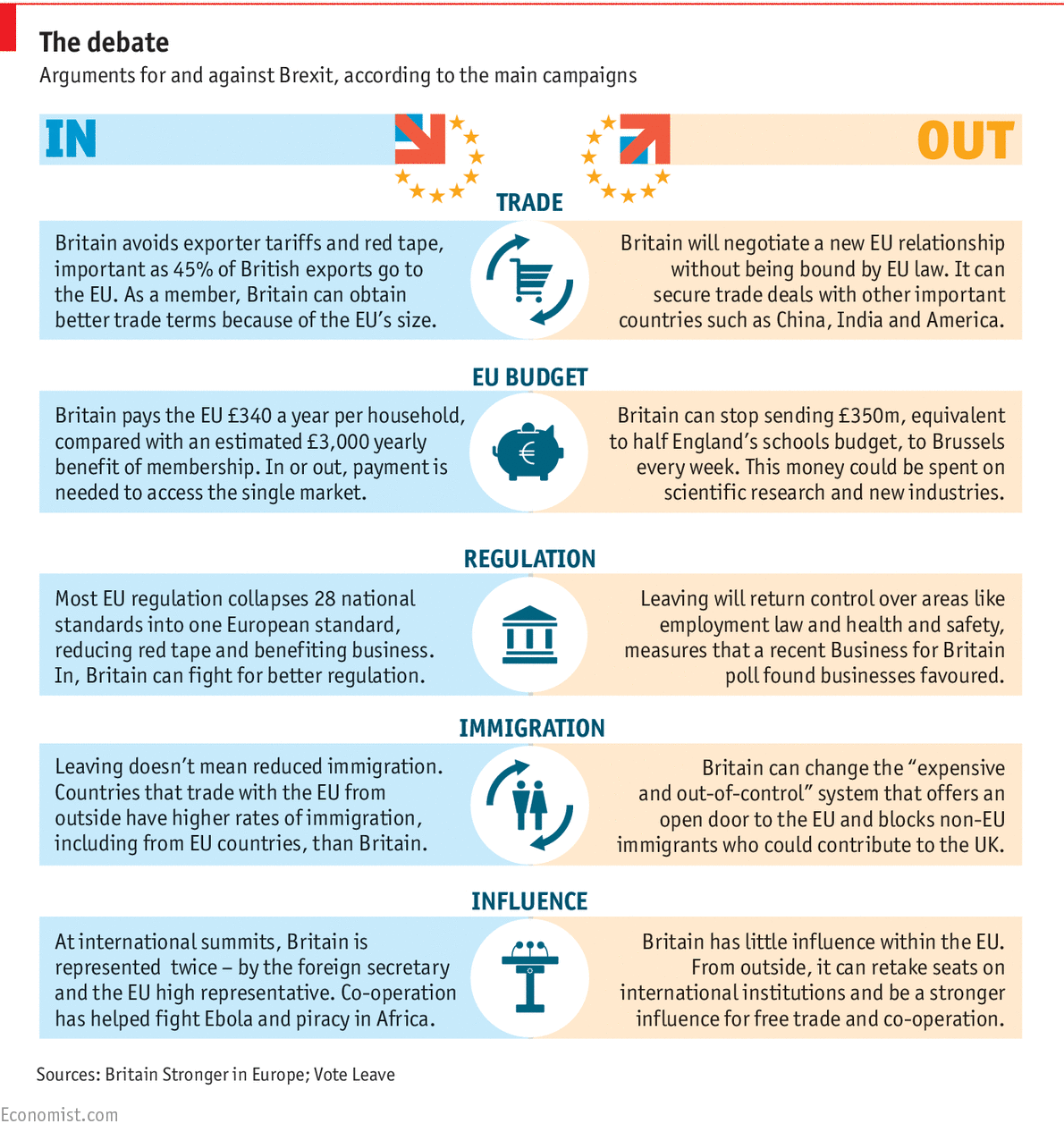In 1999, yes under President Bill Clinton and selling out sovereignty under a globalist agenda:
FAS: The immigrant investor visa was created in 1990 to benefit the U.S. economy through employment creation and an influx of foreign capital into the United States. The visa is also referred to as the EB-5 visa because it is the fifth employment preference immigrant visa category. The EB-5 visa provides lawful permanent residence (i.e., LPR status) to foreign nationals who invest a specified amount of capital in a new commercial enterprise in the United States and create at least 10 jobs. The foreign nationals must invest $1,000,000, or $500,000 if they invest in a rural area or an area with high unemployment (referred to as targeted employment areas or TEAs).
There are approximately 10,000 visas available annually for foreign national investors and their family members (7.1% of the worldwide employment-based visas are allotted to immigrant investors and their derivatives). In FY2015, there were 9,764 EB-5 visas used, with 93% going to investors from Asia. More specifically, 84% were granted to investors from China and 3% were granted to those from Vietnam.
In general, an individual receiving an EB-5 visa is granted conditional residence status. After approximately two years the foreign national must apply to remove the conditionality (i.e., convert to full-LPR status). If the foreign national has met the visa requirements (i.e., invested and sustained the required money and created the required jobs), the foreign national receives full LPR status. If the foreign national investor has not met the requirements or does not apply to have the conditional status removed, his or her conditional LPR status is terminated, and, generally, the foreign national is required to leave the United States, or will be placed in removal proceedings.
In 1992, Congress established the Regional Center (Pilot) Program, which created an additional pathway to LPR status through the EB-5 visa category. Regional centers are “any economic unit, public or private, which [are] involved with the promotion of economic growth, including increased export sales, improved regional productivity, job creation, and increased domestic capital investment.” The program allows foreign national investors to pool their investment in a regional center to fund a broad range of projects within a specific geographic area. The investment requirement for regional center investors is the same as for standard EB-5 investors. As the use of EB-5 visas has grown, so has the use of the Regional Center Program. In FY2014, 97% of all EB-5 visas were issued based on investments in regional centers. Unlike the standard EB-5 visa category, which does not expire, the Regional Center Program is set to expire on September 30, 2016.
Different policy issues surrounding the EB-5 visa have been debated. Proponents of the EB-5 visa contend that providing visas to foreign investors benefits the U.S. economy, in light of the potential economic growth and job creation it can create. Others argue that the EB-5 visa allows wealthy individuals to buy their way into the United States.
In addition, some EB-5 stakeholders have voiced concerns over the delays in processing EB-5 applications and possible effects on investors and time sensitive projects. Furthermore, some have questioned whether U.S. Citizen and Immigration Services (USCIS) has the expertise to administer the EB-5 program, given its embedded business components. The Department of Homeland Security’s Office of the Inspector General (DHS OIG) has recommended that USCIS work with other federal agencies that do have such expertise, while USCIS has reported that it has taken steps internally to address this issue. USCIS has also struggled to measure the efficacy of the EB-5 category (e.g., its economic impact). USCIS methodology for reporting investments and jobs created has been called into question by both the DHS OIG and the U.S. Government Accountability Office (GAO).
Furthermore, some have highlighted possible fraud and threats to national security that the visa category presents. In comparison to other immigrant visas, the EB-5 visa faces additional risks of fraud that stem from its investment components. Such risks are associated with the difficulty in verifying that investors’ funds are obtained lawfully and the visa’s potential for large monetary gains, which could motivate individuals to take advantage of investors and can make the visa susceptible to the appearance of favoritism. USCIS has reported improvements in its fraud detection but also feels certain statutory limitations have restricted what it can do. Additionally, GAO believes that improved data collection by USCIS could assist in detecting fraud and keeping visa holders and regional centers accountable.
Lastly, the authority of states to designate TEAs has raised concerns. Some have pointed to the inconsistency in TEA designation practices across states and how it could allow for possible gerrymandering (i.e., all development occurs in an area that by itself would not be considered a TEA). Others contend that the current regulations allow states to determine what area fits their economic needs and allow for the accommodation of commuting patterns.
In addition to the issues discussed above, Congress may consider whether the Regional Center Program should be allowed to expire, be reauthorized, or made permanent, given its expiration on September 30, 2016. In addition, Congress may consider whether any modifications should be made to the EB-5 visa category or the Regional Center Program. Legislation has been introduced in the 114th Congress that would, among other provisions, amend the program to try to address concerns about fraud, and change the manner in which TEAs are determined. Other bills would create an EB-5-like visa category for foreign national entrepreneurs who do not have their own capital but have received capital from qualified sources, such as venture capitalists. Read more here.


